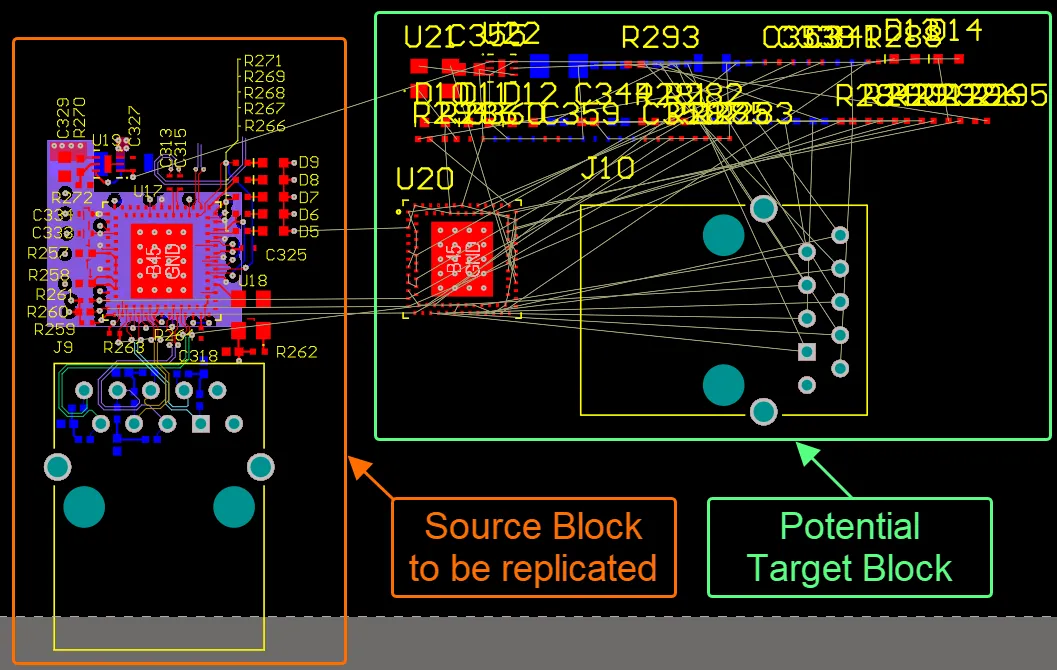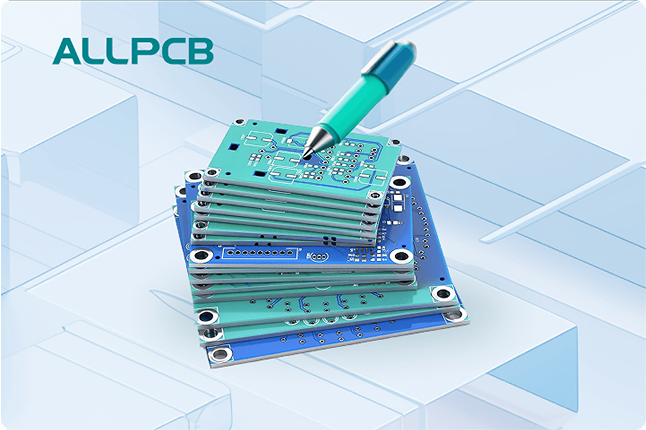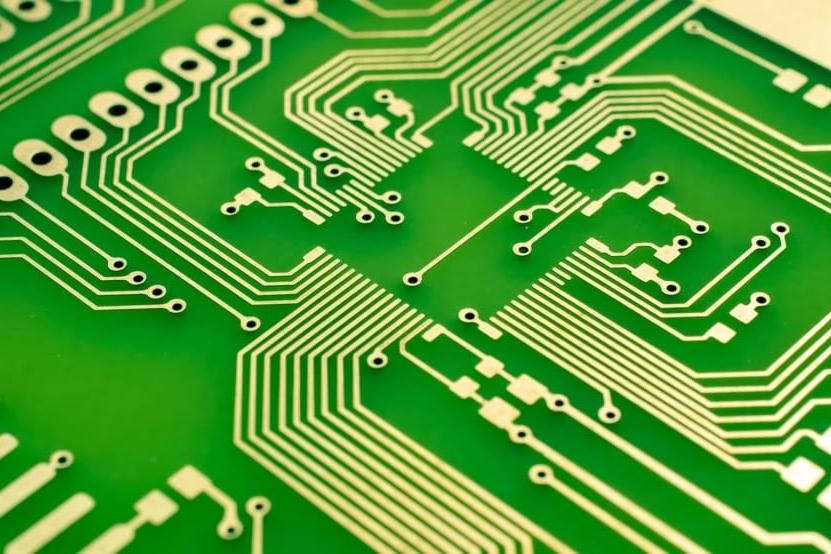Designing a cost-effective PCB for hotel room control systems is a critical task for engineers looking to balance functionality with budget constraints. Whether you're managing lighting, HVAC, or access control, the right PCB design can save costs while maintaining reliability. In this blog, we'll explore how to achieve this balance through smart component selection, managing PCB material costs, leveraging manufacturing optimization, applying design for manufacturability (DFM) principles, and using value engineering techniques. Let's dive into the details to help you create efficient and affordable solutions for hotel room automation.
Why Cost-Effective PCB Design Matters for Hotel Room Control Systems
Hotel room control systems are the backbone of modern hospitality technology. These systems manage everything from energy-saving lighting to secure door access, ensuring guest comfort and operational efficiency. However, with hundreds or thousands of rooms in a single hotel, the cost of each control unit adds up quickly. A poorly designed PCB can lead to high production costs, frequent failures, or unnecessary features that inflate the budget without adding value.
By focusing on cost-effective design, you can reduce expenses without sacrificing performance. This means selecting the right components, optimizing the board layout, and ensuring the design is easy to manufacture. In the following sections, we'll break down each aspect to guide you through the process.

Understanding the Basics of Hotel Room Control PCB Design
A hotel room control PCB typically integrates multiple functions into a single board. These include power management for lighting and appliances, communication interfaces for keycard access, and sensor inputs for temperature or occupancy detection. The challenge lies in packing these features into a compact, reliable, and affordable design.
To start, define the core requirements of your system. For example, does the PCB need to support a 12V DC power supply for low-voltage lighting? Should it handle communication protocols like I2C or RS-485 for integration with a central management system? By listing these needs upfront, you can avoid over-engineering and focus on cost-effective solutions.
Key Features to Prioritize
- Energy Efficiency: Use low-power components to reduce energy consumption, which is critical for large-scale hotel deployments.
- Durability: Select materials and components that withstand frequent use and varying environmental conditions (e.g., humidity levels of 40-60% in guest rooms).
- Compact Size: Smaller PCBs reduce material costs and fit easily into wall-mounted control units.
Component Selection: Maximizing Value Without Breaking the Bank
Component selection is one of the most impactful steps in designing a cost-effective PCB for hotel room control. The goal is to choose parts that meet performance needs while keeping costs low. Here’s how to approach this process systematically.
Opt for Standard, Widely Available Components
Custom or niche components often come with high price tags and long lead times. Instead, opt for standard parts like widely used microcontrollers (MCUs) with sufficient processing power, such as those with 8-bit or 16-bit architectures. For example, an MCU operating at 16 MHz can handle basic control tasks like switching relays for lighting or reading sensor data, without the added cost of a high-end 32-bit processor.
Balance Cost and Reliability
For critical elements like power regulators, choose components with a proven track record. A linear voltage regulator with an output of 5V and a current rating of 1A might cost slightly more than a cheaper alternative, but it ensures stable power delivery, reducing the risk of system failures that could lead to costly repairs.
Use Multi-Function Components
Look for components that combine multiple functions. For instance, some MCUs come with built-in analog-to-digital converters (ADCs), eliminating the need for separate chips to process sensor inputs like temperature readings. This reduces both component count and PCB space, cutting costs.

PCB Material Costs: Choosing the Right Substrate for Your Budget
PCB material costs play a significant role in the overall expense of a hotel room control system. The substrate, or base material, affects not only cost but also performance and durability. Let’s explore how to make informed choices in this area.
Standard Materials for Cost Savings
For most hotel room control applications, a standard FR-4 material is sufficient. FR-4 is a fiberglass-reinforced epoxy laminate that offers a good balance of cost, durability, and electrical performance. It supports typical operating frequencies below 1 GHz, which is more than adequate for control systems not requiring high-speed data transfer.
The cost of FR-4 typically ranges from $0.50 to $1.00 per square inch for a double-layer board, depending on thickness (e.g., 1.6mm is common). This is significantly cheaper than high-frequency materials like Rogers laminates, which can cost 5-10 times more but are unnecessary for basic control tasks.
Layer Count and Cost Impact
Reducing the number of PCB layers directly lowers material and manufacturing costs. A two-layer board is often sufficient for hotel room control systems, accommodating basic routing for power, ground, and signal traces. Each additional layer can increase costs by 30-50%, so avoid overcomplicating the design unless absolutely necessary for signal integrity or space constraints.
Manufacturing Optimization: Reducing Production Expenses
Manufacturing optimization focuses on streamlining the production process to minimize costs while maintaining quality. This involves designing the PCB in a way that reduces assembly time, material waste, and potential errors during fabrication.
Standardize Design Elements
Use standard trace widths and spacing, such as 6 mil (0.15mm) traces and 6 mil spacing, which are compatible with most low-cost fabrication processes. Avoid tight tolerances unless required for high-current paths, as tighter specifications (e.g., 4 mil traces) can increase costs by up to 20% due to the need for precision equipment.
Panelization for Efficiency
Design your PCB to fit efficiently into a larger panel during manufacturing. For instance, if your board measures 2 inches by 3 inches, arrange multiple units on a 12-inch by 18-inch panel to maximize the number of boards per run. This reduces material waste and lowers per-unit fabrication costs by 10-15%.
Minimize Through-Hole Components
Opt for surface-mount technology (SMT) components over through-hole parts whenever possible. SMT assembly is faster and cheaper, as it can be fully automated, reducing labor costs by up to 30%. Reserve through-hole components for high-current connectors or relays that require mechanical strength.
Design for Manufacturability (DFM): Building with Production in Mind
Design for manufacturability (DFM) ensures that your PCB design aligns with manufacturing capabilities, avoiding issues that could drive up costs or delay production. Applying DFM principles early in the design process is key to achieving a cost-effective outcome.
Simplify Routing and Placement
Place components on one side of the board if possible to reduce assembly complexity. Single-sided assembly can cut costs by 15-20% compared to double-sided placement. Additionally, ensure that traces are routed with minimal crossovers to avoid the need for additional layers or complex via structures.
Avoid Tight Clearances
Maintain adequate spacing between components and board edges, typically at least 0.1 inches (2.5mm), to prevent issues during depanelization or handling. Tight clearances can lead to manufacturing defects, increasing scrap rates and costs.
Test Points for Quality Assurance
Include test points in your design to facilitate in-circuit testing during production. For example, add test pads for critical signals like power supply lines or communication interfaces. This small addition can reduce debugging time and prevent costly rework by catching issues early.
Value Engineering: Enhancing Functionality While Cutting Costs
Value engineering is the process of analyzing every aspect of your design to maximize functionality per dollar spent. It’s about finding creative ways to deliver the same or better performance at a lower cost.
Reassess Feature Requirements
Evaluate whether every feature in your hotel room control PCB is necessary. For instance, does the system need real-time clock functionality if it’s not critical to operations? Removing non-essential features can reduce component costs and simplify the design, saving 5-10% on the overall budget.
Substitute Expensive Components
Look for lower-cost alternatives that meet the same specifications. For example, if a high-end temperature sensor costs $2.50 per unit but a comparable model with a ±1°C accuracy costs $0.80, the savings add up significantly across hundreds of units.
Optimize Power Consumption
Design the PCB to minimize power usage, which not only reduces operating costs for the hotel but also allows for smaller, cheaper power supply components. For instance, using a switching regulator with 90% efficiency instead of a linear regulator with 60% efficiency can reduce heat dissipation and eliminate the need for costly heat sinks.

Case Study: Real-World Cost Savings in Hotel Room Control PCB Design
Consider a mid-sized hotel chain with 500 rooms needing a new control system for lighting and HVAC. Initially, the PCB design included a four-layer board with high-end components, costing $12 per unit to manufacture. After applying cost-saving strategies, the design was revised to a two-layer board using standard FR-4 material and multi-function components, reducing the cost to $7 per unit. This resulted in a total savings of $2,500 across all units, without compromising on core functionality.
Key changes included switching to SMT components for automated assembly, reducing trace complexity for easier manufacturing, and eliminating unnecessary features like redundant communication ports. This example highlights the power of combining component selection, PCB material costs management, manufacturing optimization, DFM, and value engineering.
Final Tips for Cost-Effective PCB Design
Designing a cost-effective PCB for hotel room control systems requires careful planning and attention to detail. Here are some final tips to keep in mind:
- Start with a clear list of must-have features to avoid over-designing.
- Collaborate with your manufacturing partner early to align on DFM guidelines.
- Regularly review component datasheets to ensure compatibility and cost efficiency.
- Use simulation tools to test signal integrity and power distribution before prototyping, avoiding costly redesigns.
Conclusion: Striking the Perfect Balance
Creating a cost-effective PCB for hotel room control systems is all about balancing features with budget constraints. By focusing on smart component selection, controlling PCB material costs, prioritizing manufacturing optimization, adhering to design for manufacturability (DFM) principles, and applying value engineering, you can deliver reliable, functional designs without overspending. These strategies not only save money but also ensure scalability and performance for large-scale hotel deployments.
At ALLPCB, we’re committed to supporting engineers in achieving cost-effective solutions through high-quality manufacturing services and expert guidance. Start implementing these tips in your next project to see the difference in both performance and savings.
 ALLPCB
ALLPCB







